A VERY BRIEF OVERVIEW OF THE HISTORY OF MEDICINE
(Supplement 2: 1600s to Present Time)
Adam Blatner, M.D.
(This is a supplement to a six-lecture series given at Senior University Georgetown’s Winter-Spring 2009 session.)
These pictures are just meant to give a sense of the many other aspects of the great history of medicine, taking off from another webpage that described events before the Renaissance. The lectures this session focus on events that happened mainly in the 1800s (the 19th century), and there were advances leading up to and going beyond the events in the February 2009 lectures.
In the first lecture I described the history of the microscope. Here's another webpage that deals with this history of microscopy in greater detail.
Supplement 1 covered the period from ancient times through the beginning of the Renaissance. This continues:
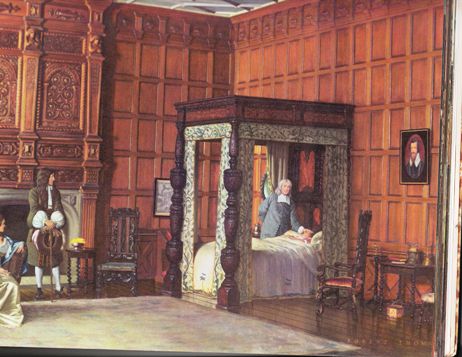 |
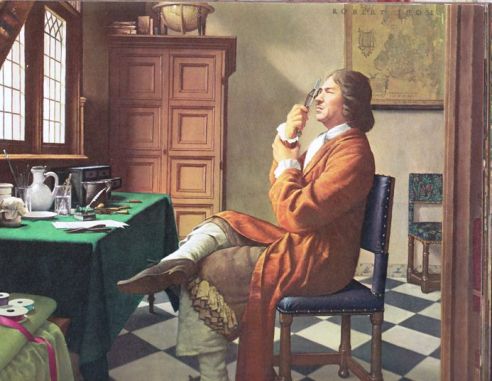 |
| Thomas Syndenham, @1665 |
Anton van Leeuwenhoek, simple (but surprisingly powerful) microscope, 1674 |
In the 1700s, More Developments!
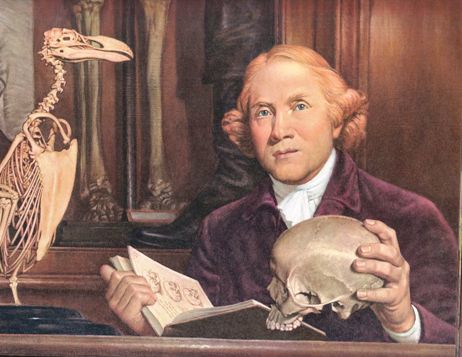 |
|
| John Hunter, anatomist. @ 1765 |
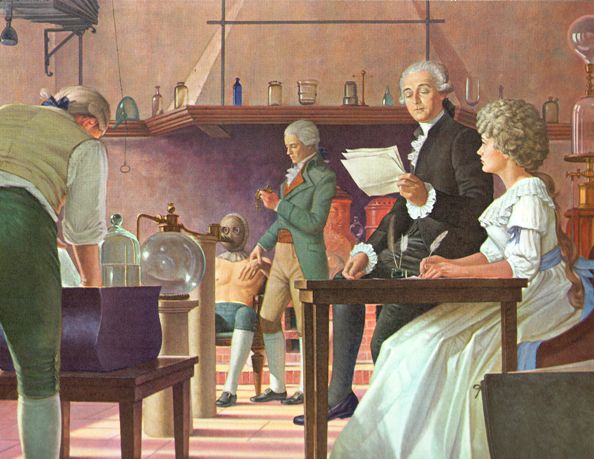 |
| Anton Lavoisier was a major pioneer of
chemistry in France around the 1770s, especially in identifying oxygen
as the key component in both combustion and human and animal
respiration. |
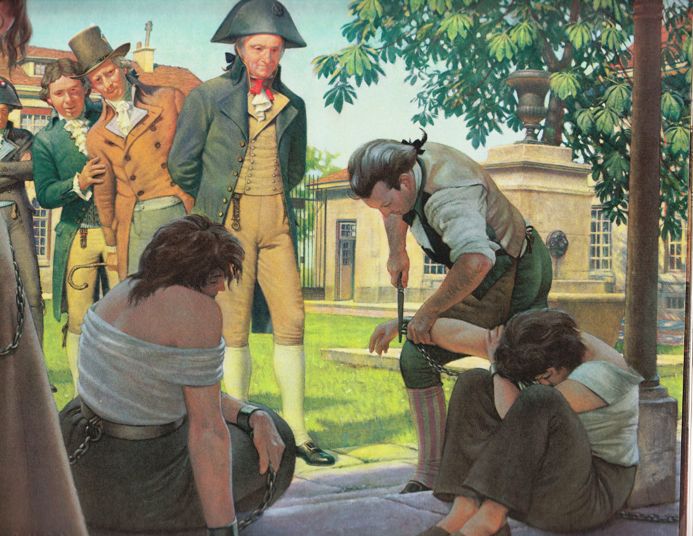 |
| Phillipe Pinel was a supervisor of mental hospitals in the regions around Paris and had the patients' chains removed. |
The lectures on anesthesia, antiseptics, nutritional deficiencies, etc. also happen in the mid-19th century.
Here are some other dates, just to keep you a bit more oriented:
- 1862 Florence Nightingale began training nurses in England
- 1868 clinical thermometer invented, which is an example of how technology, glass, mercury, etc, advances..
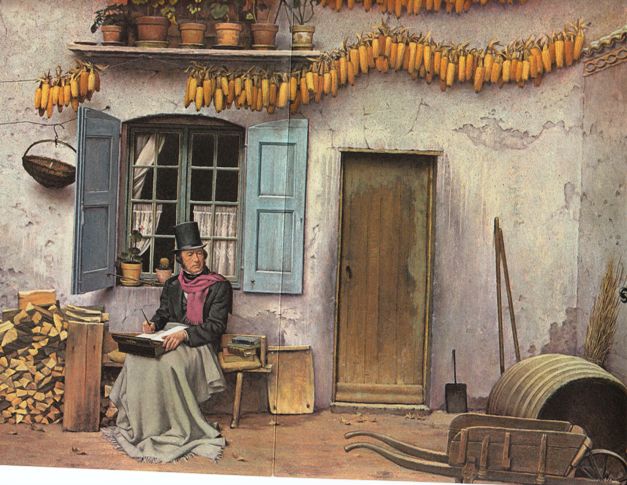 |
| Claude Bernard in the mid-1800s made
significant contributions to physiology, such as the way the liver
processes the metabolism of sugars. |
- 1869: Internal secretions from certain glands demonstrated. Such glands that secrete hormones directly into the bloodstreem are known as "endocrine" glands---e.g., thyroid, ovaries, testes, adrenals, pancreas (insulin), etc. (Exocrine glands secrete to outside world (e.g., sweat, oil), or into the intenstines or bronchi---e.g., enzymes, gastric juices, phlegm.)
- 1880: Louis Pasteur identified different bacteria: stretpococcus, staphylococcus, and (with Sternberg) pneumococcus.
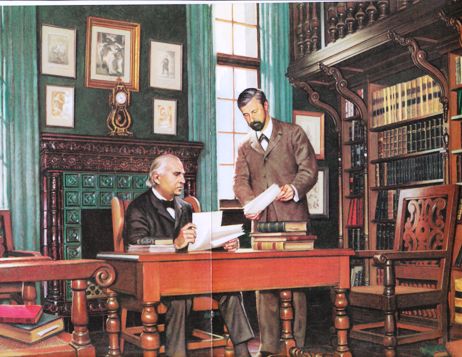 |
|
| Jean Charcot, medicine, studies in hysteria, Paris, @1890s |
d
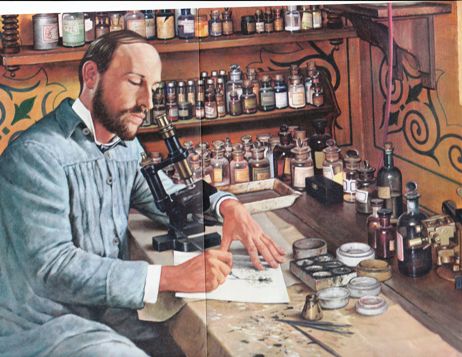 |
|
| Ramon y Cajal, staining and microscopy, ca. 1890s. Finer structures. |
X-Rays. |
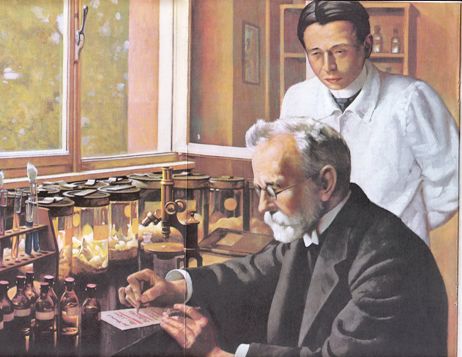 |
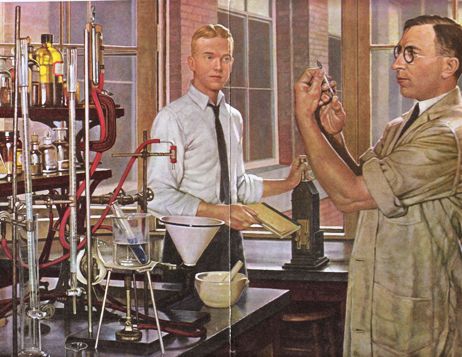 |
| Paul Erlich & Hata, Drug Synthesis, 1910 (Salvarsan against syphilis) |
Banting & Best isolate Insulin, 1921... |
... and so forth.